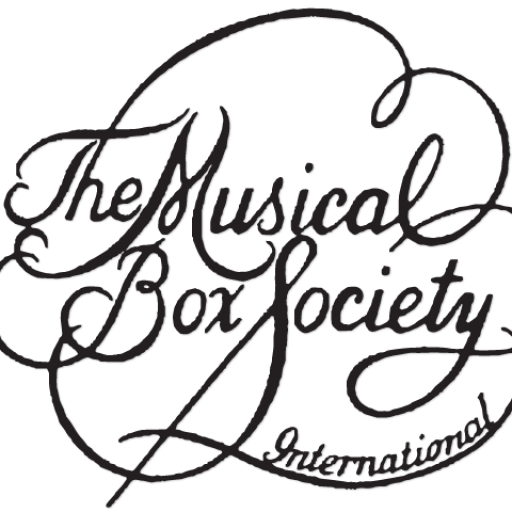The explanation of the terms listed below refer to their usage in the field of Mechanical Music. Many of the descriptions are from the book The Golden Age of Automatic Musical Instruments by MBSI member Arthur A. Reblitz, published by the Mechanical Music Press, Woodsville, New Hampshire; copyright 2001. They are used here with permission of the author and publisher. Permission is granted for writers to use a limited number of brief excerpts provided credit is given to the MBSI web site, the title of the original work and the author. Written permission is required for all other uses. German nouns and words that are also names of places are capitalized.
Klavier
1. German term for an upright or vertical piano, usually of medium or large size (term never used to describe a grand piano, which is Flugel in German). A small-sized upright piano is sometimes called a Pianino in German nomenclature. 2. Keyboard (also listed in this Glossary).
Kettle Drum
In an automatic musical instrument (especially a piano orchestrion) an effect obtained by alternately striking two small beaters to the left and right of the larger bass drum beater on a bass drum head. The term, which should be "kettle drum effect," as no separate drum is used, is found widely in orchestrion literature-nearly all of Seeburg's descriptions of large orchestrions and photoplayers, for example. * Synonyms: tympani, timpani.
Key
1. Finger-operated control lever used to sound a note on a keyboard instrument such as a piano, organ, or accordion. 2. Musical pitch of an instrument or music arrangement (e.g., the key of C). 3. Actuating levers, usually made of brass, used to operate organ reeds (as in a cylinder music box with reed organ attachment), organ pipes (such as in a large barrel orchestrion), or a pneumatic system (as in the key frame of a fairground organ). 4. Key(s): the number of playing notes plus the number of control stops (for changing registers, stopping the instrument at the end of a song, rewinding the roll, etc.) on an automatic musical instrument, especially a dance organ or fairground organ (such as 89-key Gavioli organ, 101-key Mortier organ, etc.). * French: touche * German: Tasten, Tonstufen.
Key Frame
Device mainly used on fairground organs and dance organs but used on many other types of instruments as well. Contains a series of spring-loaded brass or steel levers. When one end of a lever pops up through a hole in a cardboard music book (also listed in this Glossary), the other end of the lever or key opens an aperture which actuates a pneumatic action. The folding cardboard music book is pulled through the key frame by rubber pinch rollers. A durable system capable of withstanding rugged use; one which is resistant to humidity changes. For these reasons most very large fairground organs and dance organs of European manufacture use the key frame system. (Compare to keyless frame.)
Key-wind Box
A cylinder music box, usually of the early or mid 19th century, in which the mainspring is wound by a detachable key (as opposed to lever-wind, also listed in this Glossary). Late cylinder boxes with more powerful spring motors, which are wound externally, usually use a crank rather than a key, and thus are not key-wind boxes.
Keyboard
A set of keys or levers, arranged in order of ascending pitch, which enables a piano or organ to be played by hand. * Synonym (in pipe organ nomenclature): manual. * In German, Klavier, which also refers to the piano (the keyboard instrument).
Keyboardless
Term used to describe a piano or organ without a keyboard. * Synonym: cabinet style.
Keyless Frame
In a fairground organ or dance organ a music system which used paper rolls or cardboard music books and a tracker bar, rather than a key frame with spring-loaded metal keys. Such instruments are sometimes called keyless. (Term mainly used in Europe.)
